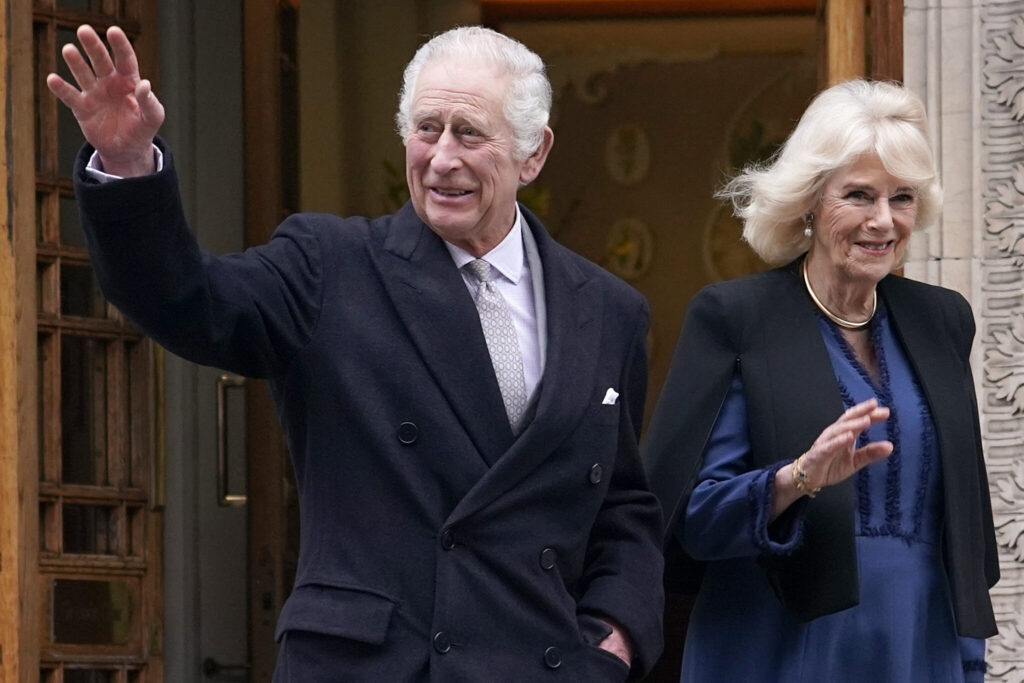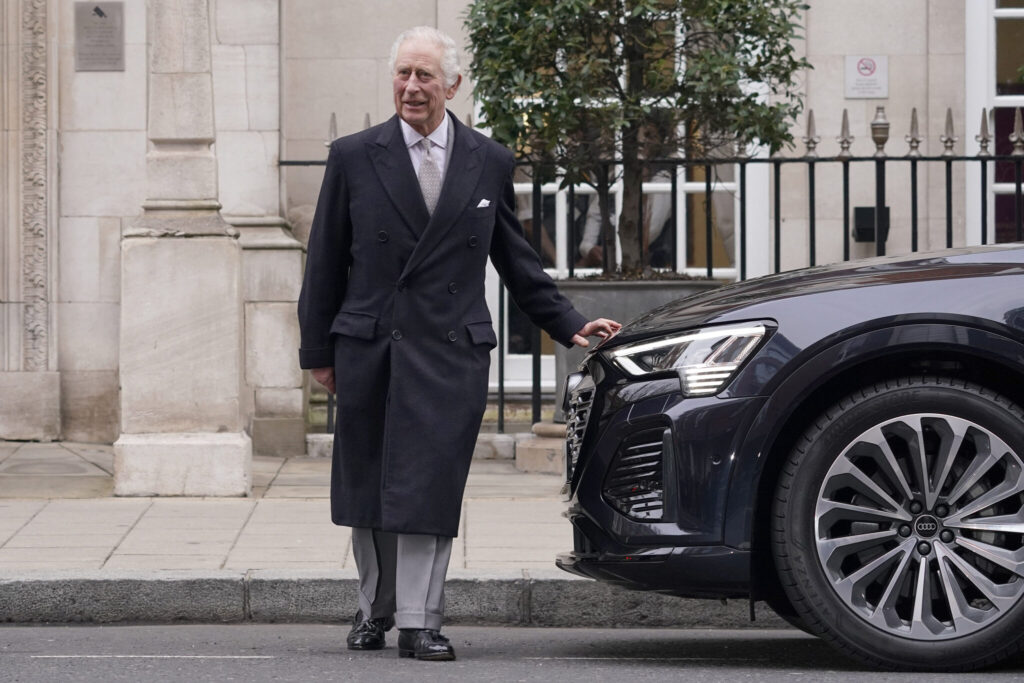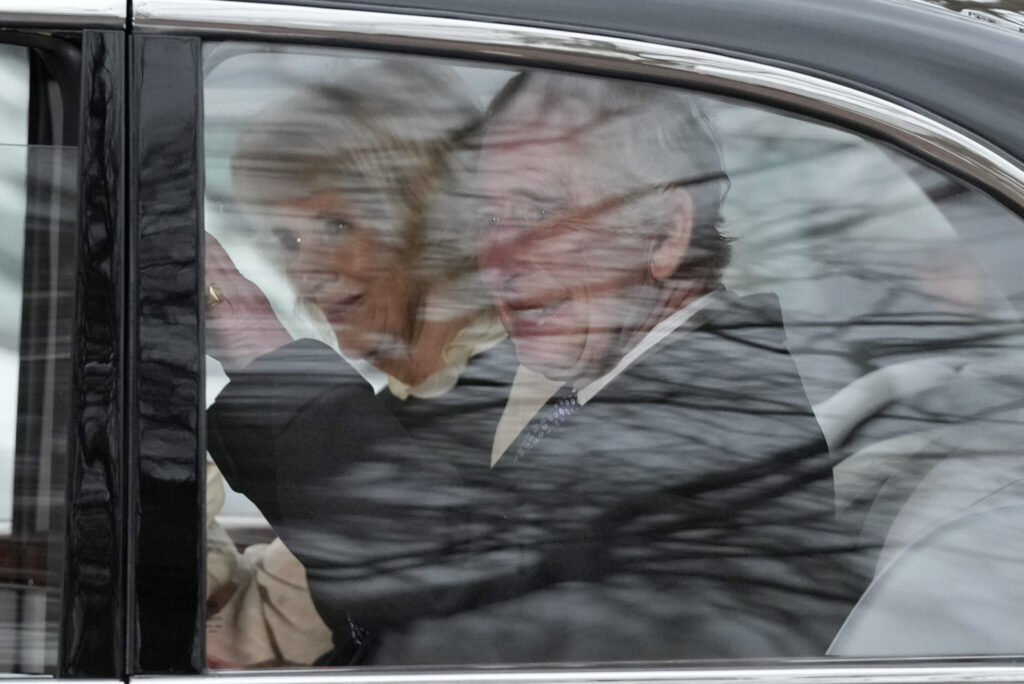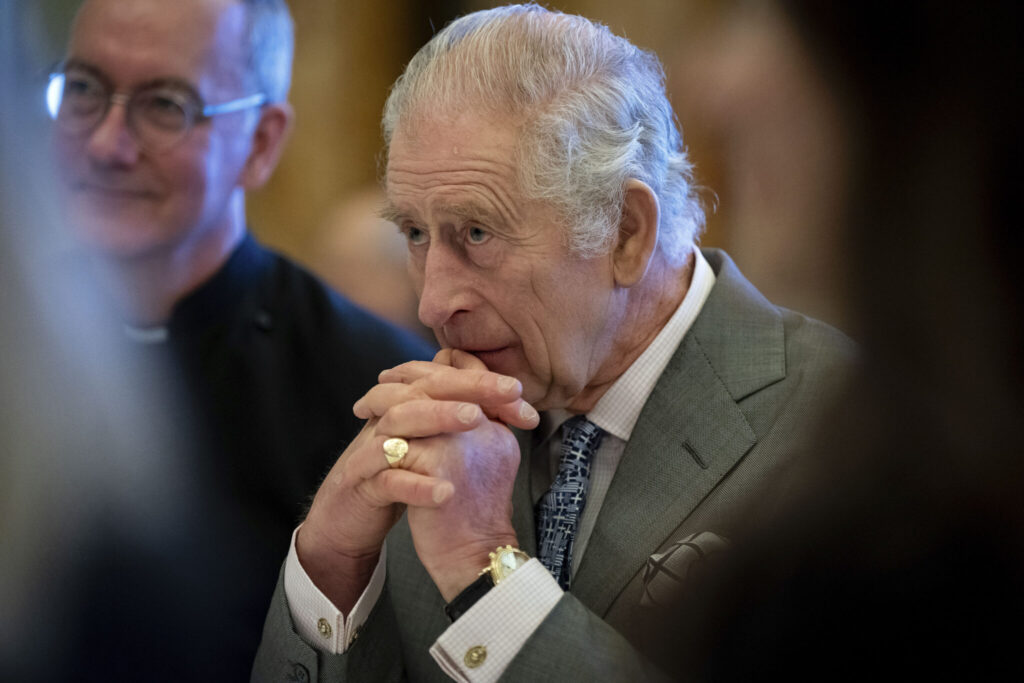Upon receiving his first treatment for cancer, Britain’s King Charles III retreated to Sandringham House, a private estate where the monarch has long taken refuge while walking and shooting along the windswept North Sea coast of eastern England.
Quick Read
- King Charles III chose Sandringham House for recovery post-cancer treatment due to its isolation and historical significance to the royal family.
- Sandringham, owned by the royal family since 1862, offers Charles a secluded environment, essential for his health during cancer treatment.
- The estate has a long royal history, serving as a retreat for generations, including Queen Victoria and George V, who particularly cherished it.
- Charles has a personal connection to Sandringham, enjoying outdoor activities and forming relationships with estate staff over the years.
- Sandringham’s public areas, including main rooms, parklands, and gardens, are accessible to visitors, with a museum and dining options available.
The Associated Press has the story:
King Charles retreats to Sandringham, an estate with brisk winds, splendid isolation
Newslooks- LONDON (AP) —
Upon receiving his first treatment for cancer, Britain’s King Charles III retreated to Sandringham House, a private estate where the monarch has long taken refuge while walking and shooting along the windswept North Sea coast of eastern England.
Sandringham, the private home of the last six British monarchs, sits amid parkland, gardens and working farms about 110 miles (180 kilometers) north of London. It has been owned by the royal family since 1862, passing directly from one monarch to the next for more than 160 years.

This history has made Sandringham a special place for Charles and his entire family. But the king has gone there for a very practical reason, said former BBC royal reporter Michael Cole.
“He needs isolation, and Sandringham of all his royal properties, with the possible exception of Balmoral, where the weather is not terribly good at this time of year, is isolated,’’ Cole said. “It’s only 100 miles from London, but it is surrounded by its own grounds. … He can be separate, because when you are having cancer treatment of any kind, infection must be avoided.’’
Charles, who started visiting the estate as a child, first found sanctuary at Sandringham when he was a student at Cambridge University and later after his marriage to Princess Diana collapsed.
Now it is a place of shelter once again.
WHERE HAS THE KING GONE?
One of the most famous stately homes in Britain, Sandringham sits on an 8,000-hectare (20,000-acre) estate in Norfolk on the eastern coast of England.
It was recorded in the Domesday Book, the survey of lands in England compiled by William the Conqueror in 1086, as “Sant Dersingham,” or the sandy part of Dersingham. That was shortened to Sandringham in later years.
Queen Victoria bought Sandringham for her eldest son, Edward, in 1862, largely in hopes that becoming a country gentleman would keep the playboy prince out of trouble in the nightspots of London, Paris, Monte Carlo and Biarritz.

George V, the late Queen Elizabeth II’s grandfather, described the estate as “Dear old Sandringham, the place I love better than anywhere else in the world.’’
George VI, the king’s grandfather, loved it as well. On the day he died, George reportedly spent the afternoon on the estate with his dogs and a gun.
Charles began joining the shooting parties as a child in the 1950s, with one photograph catching him blowing a miniature hunting trumpet while sitting on horseback.
But Sandringham was also a place where Charles and his sister could play hide and seek or tag with their mother and father, with the adults ‘’casting off all inhibition and chasing one another, as well as the prince and princess, around the saloon, along the corridors, into the drawing room, up the stairs and along the landing, tripping up guests, shrieking ad squealing all the while,” biographer Jonathan Dimbleby, wrote in his 1994 book “The Prince of Wales.’’
WHAT IS SO SPECIAL ABOUT SANDRINGHAM?
Charles, who continues to hike and shoot at the age of 75, is said to revel in the chance to be outdoors and breathe the fresh air along the Norfolk coast.
“There is absolutely nothing between Sandringham and the North Pole,″ Cole said. ”So when the cold winds blow, they blow straight down from the Arctic Circle into North Norfolk. So you better have your wooly underwear on when you’re there.″
Charles also enjoys meeting with the estate’s staff and tenants, with whom he has developed personal relationships over the years, Dimbleby wrote.

When he was at Cambridge, Charles would often invite friends to spend weekends with him enjoying the shooting at Sandringham.
“Any excuse to escape from Cambridge and plod across ploughed fields instead of stagnating in lecture rooms is enormously welcome,” he said in a letter quoted by Dimbleby.
Much later, it was Princess Diana’s refusal to let Princes William and Harry join a weekend party at Sandringham that finally convinced Charles the marriage was over.
“Eventually, when it became clear that she was not going to relent, he snapped,” Dimbleby wrote. “Unable to see any future in a relationship conducted on these terms, he decided he had no choice but to ask his wife for a legal separation.”
CAN THE PUBLIC VISIT?
Yes, but the public only gets to see so much.
The main eight ground floor rooms of Sandringham House, a sprawling structure that was built in 1870, are open to the public from April to October.
Guests can also visit the parklands, which cover more than 243 hectares (600 acres), and 25 hectares (60 acres) of gardens. There’s also a museum with gifts given to the royal family by dignitaries from around the world.
A restaurant and cafe offer food throughout the year, including afternoon tea.
In order to keep litter under control, the late Queen Elizabeth II advised that the paper cups for tea and coffee should have the words “Sandringham House’’ printed on them so that visitors would take them home as souvenirs, Cole said.







